All you need to know about Form 1099-R
Form 1099-R is being used by you for reporting the distribution of benefits associated with retirements like annuities or pension plans. Precisely, the Form 1099-R can be used for reporting the distributions which you might have received from your IRA, annuity, pension, or your retirement account. Form 1099-R can be considered as a record to denote any money paid or given to an American other than his employer. The payer who pays will fill out the Form 1099-R and will send a copy to the payee and to the IRS as well.
Who can receive a Form 1099-R?
As said earlier, the main purpose of Form 1099-R is to record income. You can receive a Form 1099-R due to some of the below-mentioned reasons.
- Freelancers and contractors working independently usually get a Form 1099-MISC from their clients. If you are a freelancer or an independent contractor, this form would reflect the money which the client has paid you. Form 1099-R is for employees but it is not the same as the Form W-2.
- Form 1099 has a Social Security Number or Taxpayer Identification Number present on it. This indicates that the IRS will know that you have received money and it will also know if that income has not been reported on your income tax return.
- If you are receiving only the Form 1099-R, then it does not specifically mean that you would be owing money on that money reported in Form 1099-R. There might be some deductions which can be helpful in the offset of the income
Variations of Form 1099-R
The variations of Form 1099-R includes the following forms:-
- Form CSF 1099R
- Form CSA 1099R and
- Form RRB-1099-R
Mostly, public and private pension plans which are not a part of the Civil Service System use the Form 1099-R. You must receive a copy of the Form 1099-R or some other variation in case of receipt of a distribution of $10 or more amount from your plans related to retirement.
Pension plans and payment of annuity
Retirement benefits are said to be an extension of the compensation which has been arranged by an employer and employee. On most of the contributions made into the retirement plans, income tax is deferred. In simple words, this means you are not liable to pay any income tax on the funds contributed to the Retirement plans until they are withdrawn by you.
Usually, the pension and annuity distributions are being made to the retired employees, employees who are physically disabled and also for the beneficiaries of any deceased employee.
Loans
Many employers would have the provision of granting loans against pension plans. Usually, these loans are not taken as distributions and are repaid with interest. The issue of Form 1099-R occurs when you have taken a loan and are not able to make the necessary loan repayment on time.
- If this situation arises then the amount which is not being re-paid is treated as a distribution and would be mentioned in the Form 1099-R along with the code L i.e. Distribution Code.
- These distributions are treated as deemed taxable income and might be subject to penalties related to early distribution.
Rollovers
By a Rollover, retirement funds can be moved or transferred from one individual to another otherwise known as a custodian without any taxes paid on the money that has been transferred.
- By the use of Form 1099-R, direct rollovers can be easily identifiable. This is done by the use of codes G or H in box 7 of the Form 1099-R.
- Rollovers can be indirect if you are the owner of the account and you take up the responsibility of the amount in the Retirement Account and would transfer the deposited money into another Retirement Account.
- When there is a point when there is an amalgamation of rollover and IRS principles, the distribution made is not taxed. But, you should not forget to report the amount on your tax returns.
Early distributions
Those benefits which are paid to you before you reach the age of 59 and half years are said to be Early Distributions. For avoiding the misuse of the retirement funds, an extra 10% federal tax is imposed on the Early Distributions. Many states also levy penalties on these early distributions. This additional tax is applicable on the full amount of distribution which is taxable unless exceptions like disability, death, IRS levy, etc.
Conclusion
Hence, the above-mentioned information about Form 1099 would be helpful in understanding the details about this and be easier for use.
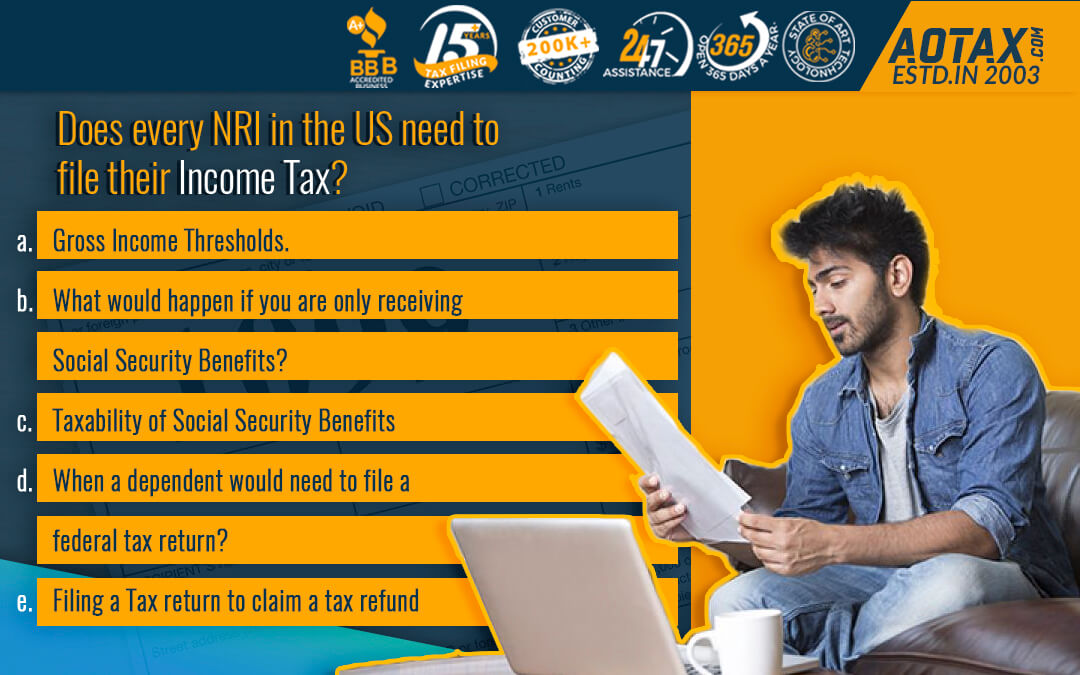

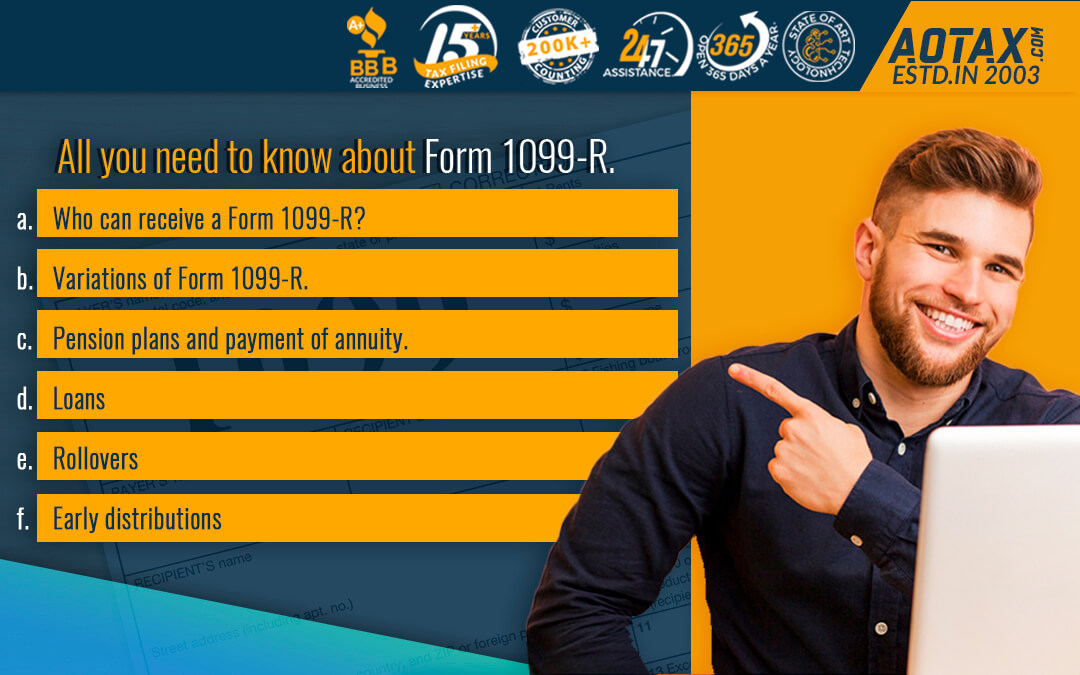

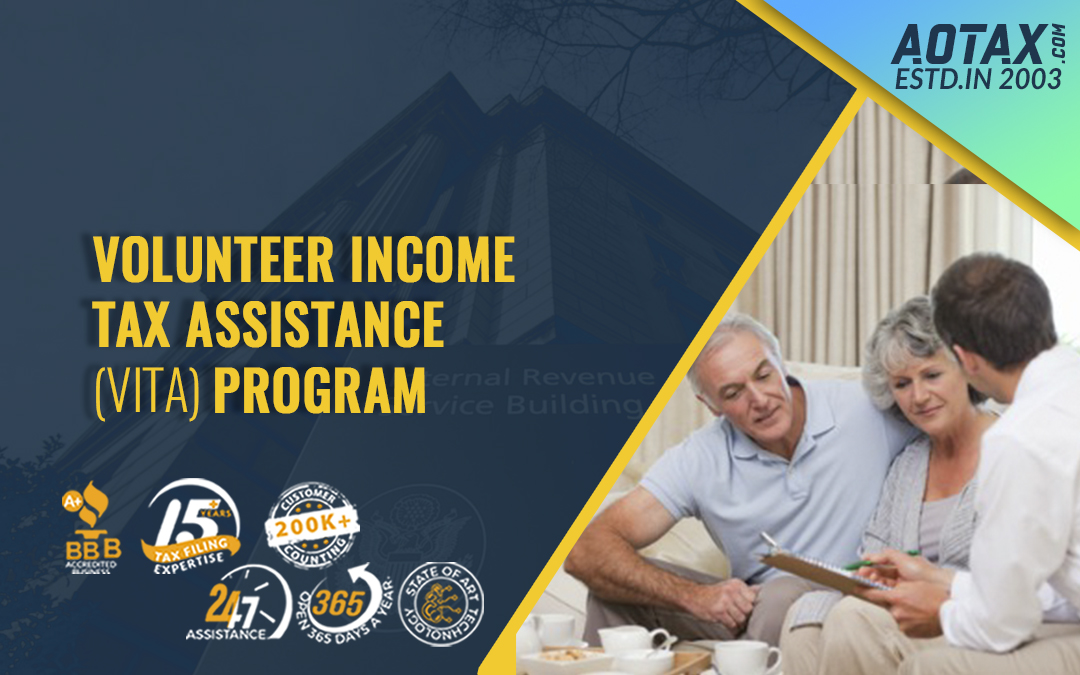
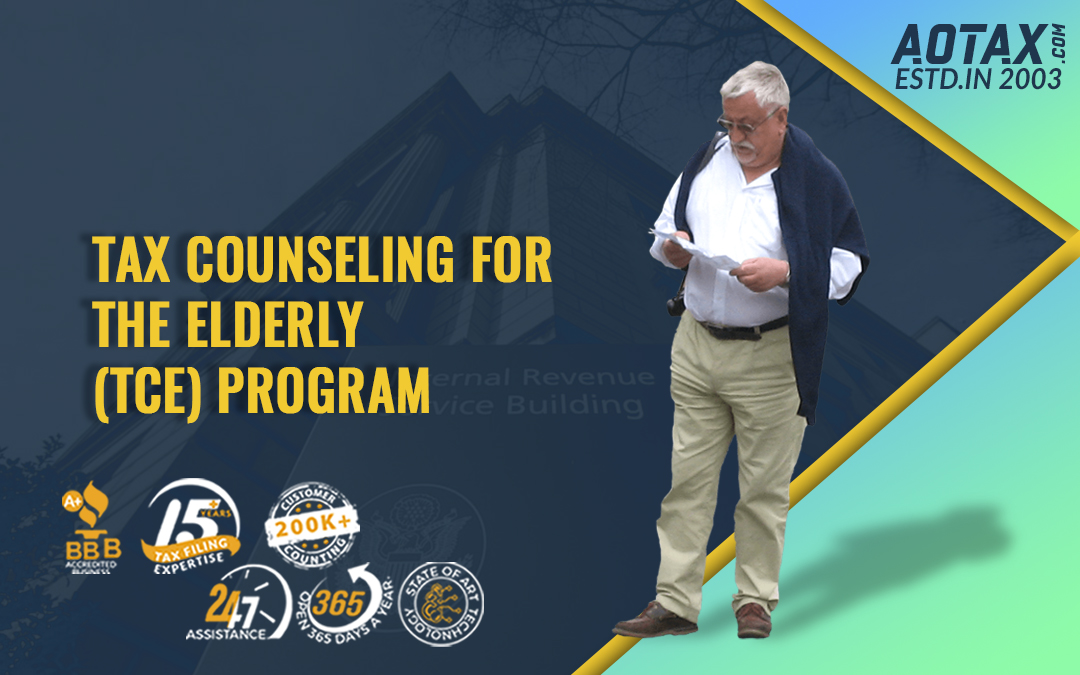



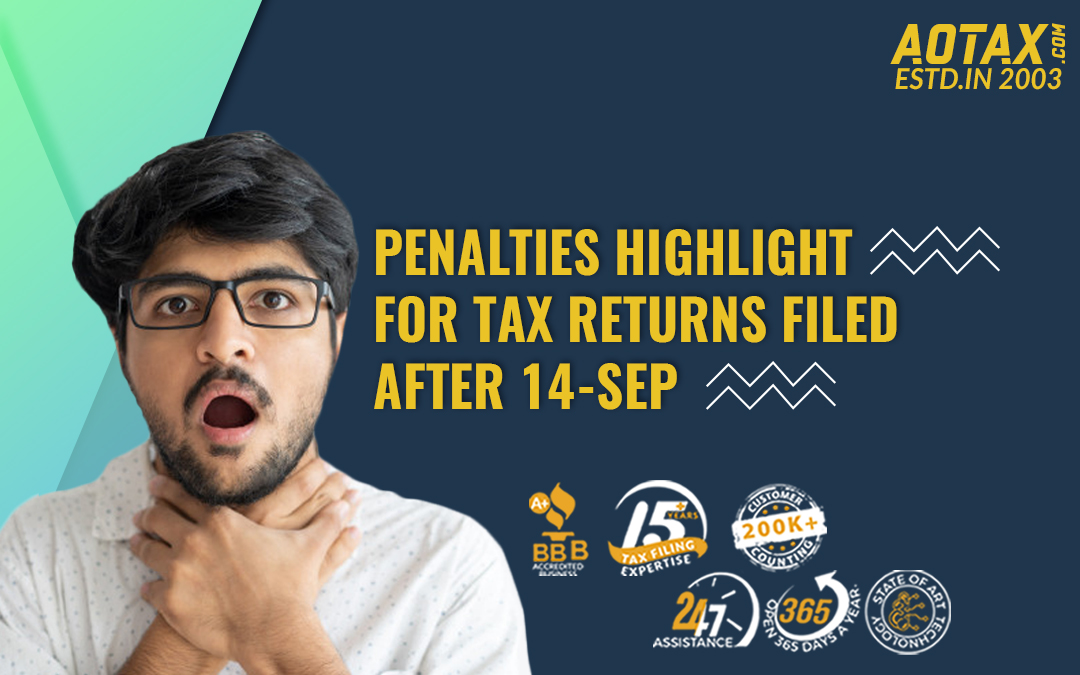
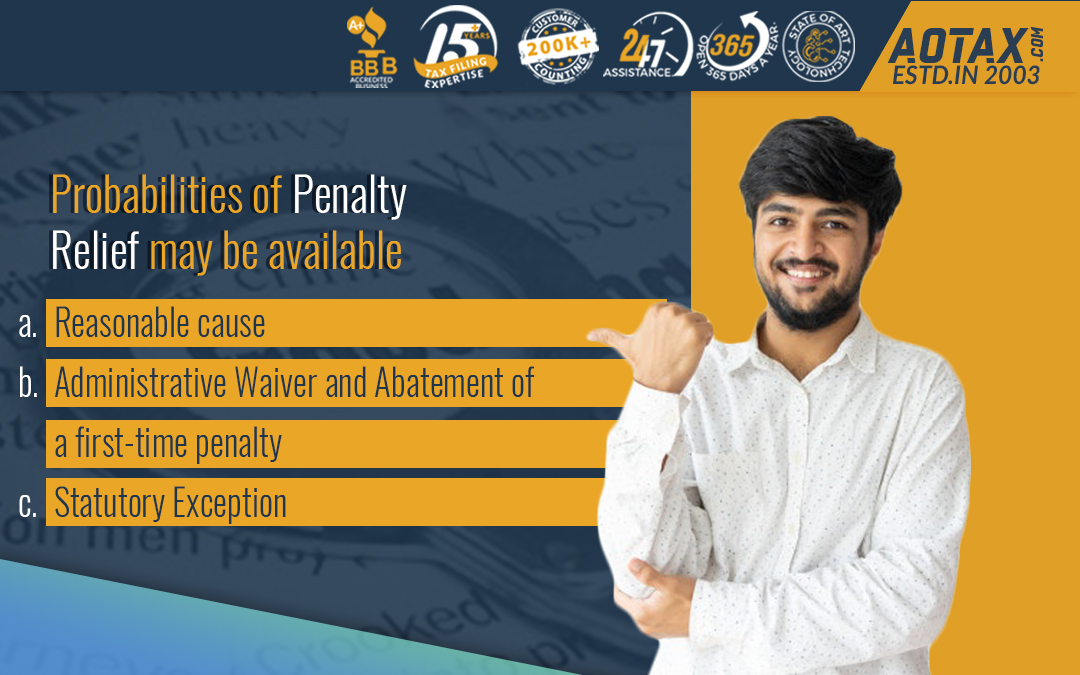

Recent Comments